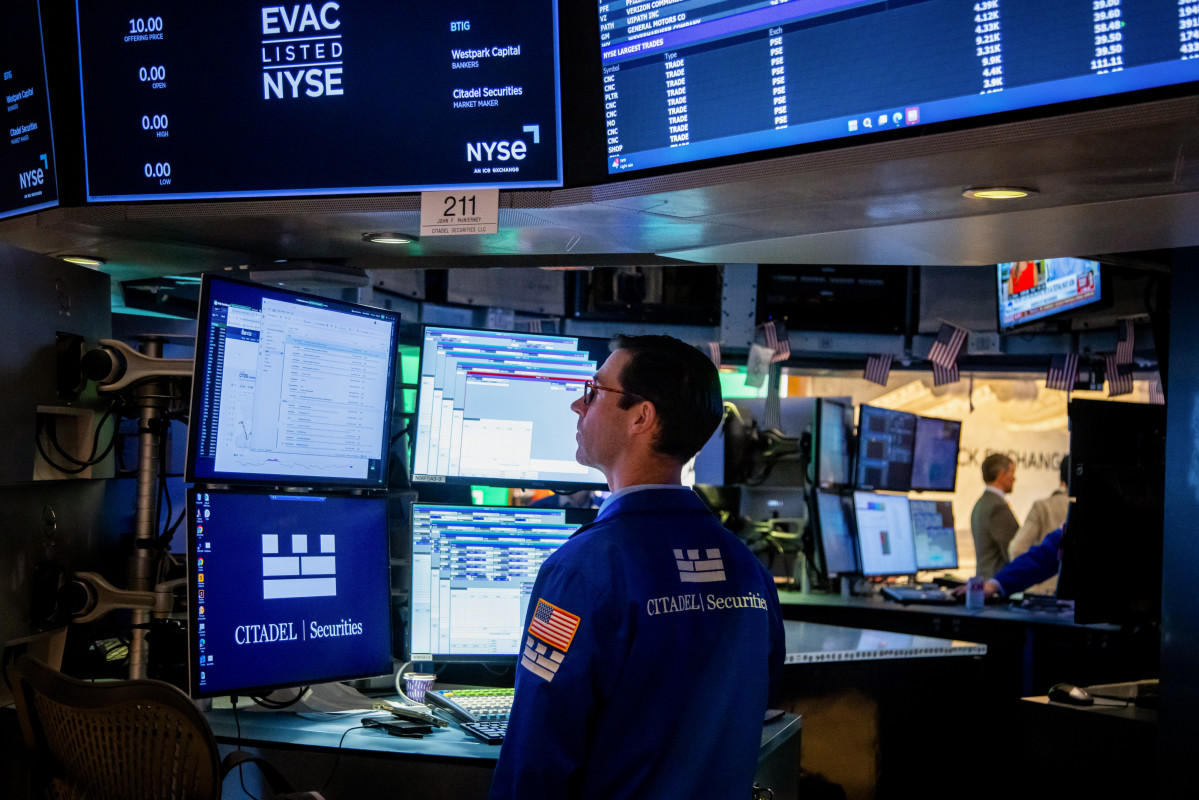Workers denied WFH option awarded millions from ex- employer
The current job landscape is much different than a few years ago. The Covid pandemic may feel like a lifetime ago for the tens of millions of workers who have since been forced to return to the office. The pandemic promised to usher in a new era of hybrid work after the pandemic economy seemingly ...

The current job landscape is much different than a few years ago.
The Covid pandemic may feel like a lifetime ago for the tens of millions of workers who have since been forced to return to the office.
The pandemic promised to usher in a new era of hybrid work after the pandemic economy seemingly proved that most of the work employees did from the office could be done from home.
Return to office (RTO) statistics:
- Seven out of 10 companies have formal RTO policies requiring some in-office time.
- A surprising 93% of business leaders believe being in the office is necessary.
- Fully flexible setups (remote or employee's choice) dropped from 39% of jobs to 28% between 2023 and 2024.
- Only 7% of companies allow fully remote work in 2025, down from 21% in 2024.
- While 44% of employees say they'd comply with a 5-day office mandate, 41% would start looking for other work, and 14% would quit.
Source: Archie
But now that the pandemic is over, it seems as though few lessons were actually learned from the ordeal.
JPMorgan CEO Jamie Dimon has been one of the most vocal business leaders pushing for a return to the office, even as his employees push back.
“I’m not making fun of Zoom, but younger people are being left behind,” Dimon said recently, according to Bloomberg. "If you look back at your careers, you learned a little bit from the apprentice system. You were with other people who took you on a sales call or told you how to handle a mistake or something like that. It doesn’t happen when you’re in a basement on Zoom."
But even Dimon allowed his employees to work from home during the Covid pandemic.
One company was just ordered to pay millions for denying two former workers that common decency. Getty
National Grid to pay $3 million to two workers after denying work from home during Covid
This week, a Brooklyn, New York, jury ordered gas utility company National Grid to pay a total of $3.1 million to two former employees with health issues after the company rejected their requests to work from home during the pandemic.
According to the court, the company violated the Americans with Disabilities Act, and state and city human rights laws, when it refused to allow emergency-gas dispatchers Luciano Russo and George Messiha to continue their telework schedules during Covid.
Related: O'Reilly Auto Parts CEO rings alarm on customer behavior
“Employers, mainly large ones, do view disabled workers as a group seeking privilege, just like [National Grid’s] lawyer said,” said Arthur Schwartz, the plaintiff's lawyer. "They better look at this verdict and think twice."
NG allowed all of its dispatchers, including the plaintiffs, to work from home during the peak of the pandemic, but it switched to a hybrid schedule in July 2021 and, in June 2022, told Russo and Messiha that their reasonable accommodation requests to continue working from home would no longer be granted.
Russo, who had worked for NG/Brooklyn Union Gas since 2002, has serious back issues, diabetes, and other ailments. Messiha, who has worked at NG since 1993, suffers from back pain and walks with a limp, according to the lawsuit.
Both employees said they were forced to take paid medical sick leave, which the company discontinued in early 2023, labeling them instead as "sick-no-pay" employees.
“While we respect the jury process, we strongly disagree with this verdict and will be pursuing the matter further to ensure a just result for our customers that maintains the safety of our operations," National Grid said.
RTO mandates and layoffs turn the job market against workers
Covid offered workers unprecedented power as companies, flush with government bailout money, competed to hire talent.
But since the end of the pandemic, the pendulum has swung in the complete opposite direction, leading to stringent return-to-office mandates and a level of layoffs the U.S. hasn't seen in years.
Related: JPMorgan Chase’s new office for employees goes viral in a bad way
Employers in the U.S. cut nearly 950,000 jobs through September, making 2025 the worst year for layoffs since 2020, according to outplacement firm Challenger, Gray, & Christmas.
With three months of data left to gather and large corporations like Amazon and Intel enacting layoffs in the tens of thousands, there is a good chance the U.S. will surpass 1 million layoffs this year.
Previous periods with this many job cuts occurred either during recessions or, as was the case in 2005 and 2006, during the first wave of automations that cost jobs in manufacturing and technology.
Andy Challenger, senior VP and labor expert at Challenger, Gray, & Christmas
"Right now, we’re dealing with a stagnating labor market, cost increases, and a transformative new technology," Challenger added. "With rate cuts on the way, we may see some stabilizing in the job market in the fourth quarter, but other factors could keep employers planning layoffs or holding off hiring."
Related: Rivian sends harsh message to workers with latest decision
What's Your Reaction?





















































